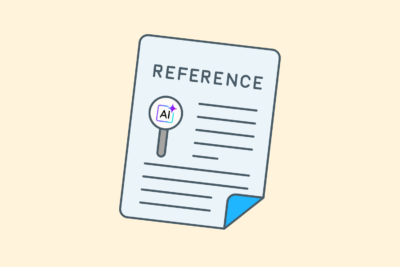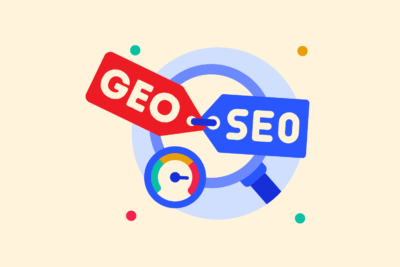My checklist for GEO / SEO for AI

Generative Engine Optimization (GEO), or SEO for AI, requires a different way of thinking than traditional search engine optimization. I see language models like ChatGPT and Gemini not ranking content the way Google does, but rather restructuring, summarizing and combining it. If you want to appear in them, your content must not only be findable, but also usable.
Through experience with dozens of AI-optimized pages, I have developed a set checklist. No tricks, but a concrete guideline that I apply to every text I write with GEO in mind.
1. One topic per page, clearly defined
AI systems are good at recognizing structure and intent. When I create a page, I make sure it covers one central topic. That makes it easier for a model to link that page to a specific user question.
Avoid vague landing pages with ten separate services.
Do: For example, create one page about “Link building for healthcare institutions in Eindhoven.
2. Direct answer to the key question
I begin each text by answering the user’s main question. This is because AI models prefer content that gets to the point quickly. For me, the gist is always in the first 100-150 words. That’s how the model positions the text within broader themes. In the end, that’s what it’s all about.
3. Context through entities and relationships
An AI not only reads words, but also meaning. Therefore, I always name relevant concepts, people, brands or locations that are semantically related to the topic. (1)
For example:
- With content on “SEO Amsterdam,” I mention sectors such as finance or creative agencies.
- For technical topics, I refer to known tools or standards.
This helps the model better position the text within broader topics.
Getting started with SEO? Feel free to get in touch.

4. Clear structure in HTML and text
Without clear structure, an AI is less likely to understand what your text is about. That’s why I always work with:
- An H1 that states the exact topic
- Logical H2 and H3 headings
- Short paragraphs with clear transitions
- One main idea per paragraph
In addition (as here), I sometimes use lists, but only if it contributes to readability. (2)
In an AI context, much revolves around trustworthiness. LLMs want to know who wrote something and why that person is credible. That’s why I always mention:
- My name as an author
- Why I have experience with the subject
- The date of publication or last update
This helps systems such as ChatGPT or Perplexity recognize content as a useful resource.
6. Writing citation-worthy sentences
An important GEO technique is to write sentences that can be copied verbatim (or almost verbatim) in a citation window. This is why I build content with micro-answers: short paragraphs that are also valuable on their own.
I test this by asking myself: If this one paragraph were quoted without context, does the gist come across? If not, I rewrite it.
7. Keep up to date and spread smartly
Many AIs work with real-time sources or recently crawled pages. Therefore, I make sure that important content is updated regularly. I do not use unnecessary rewriting, but update where necessary.
I also spread important topics across multiple pages with their own URLs. One mega-article about SEO doesn’t work as well as five strong pages about, say:
- SEO for AI
- Local findability in Gemini
- Link building in an LLM era
- Entity-based SEO
- The role of structured data in GEO
Summary
SEO for AI is all about usability, transparency and structure. By applying these terms, I ensure that content is not only found by AI systems, but actually used in generated responses.
| # | Source | Publication | Retrieved | Source last verified | Source URL |
|---|---|---|---|---|---|
| 1 | Entity SEO: The definitive guide (Search Engine Land) | 06/04/2023 | 06/04/2023 | 14/11/2025 | https://searchengineland.. |
| 2 | AI Features and Your Website | Google Search Central | Documentation | Google for Developers. (z.d.) (Google for Developers) | 07/11/2024 | 07/11/2024 | 14/11/2025 | https://developers.googl.. |
- Timothy Warren. (06/04/2023). Entity SEO: The definitive guide. Search Engine Land. Retrieved 06/04/2023, from https://searchengineland.com/entity-seo-guide-395264
- Olya Ianovskaia. (07/11/2024). AI Features and Your Website | Google Search Central | Documentation | Google for Developers. (z.d.). Google for Developers. Retrieved 07/11/2024, from https://developers.google.com/search/docs/appearance/ai-features






